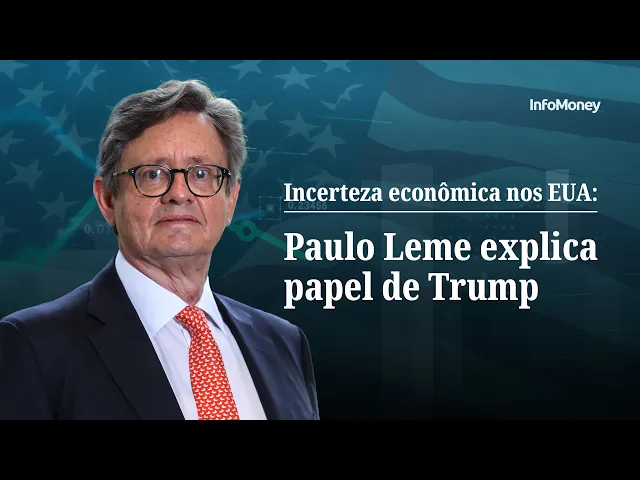Restrictive immigration policies adopted by US President Donald Trump poses a significant risk to the country’s economic growth, warns Paulo Leme, Chairman of the Global Asset Allocation Committee of XP Advisor and Resident Professor at Miami University.
In an interview with InfomoneyHe pointed out that negative impact of these initiatives is already visible in key sectors of the American economy.
“There is a boom in Miami building, but the sector does not have enough labor.”
He also cites the effects felt on retail trade, such as Costco and Walmart, previously full and now emptied by the lack of workers and consumers. “This is already starting to directly impact the real economy,” he points out.

Organized immigration as a solution
For the expert, it is urgent to create an organized and disciplined system to manage the flow of immigrants. “It doesn’t matter to anyone with a chaotic and inhuman process,” says Leme.
He defends organized immigration as essential to maintaining productivity and economic growth, especially in the face of population aging in the US.
“When demand is expanding, you need to build, and (at the present time) there is no labor.”
He highlights studies of the US Congress Budget Committee that point out the contribution of immigration between 0.5 and 0.75 percentage point to the country’s economic growth in the last two decades.
Continues after advertising
The economic cost of closing borders
Leme also warns about the combined impact of migratory and commercial restrictions.
“If you close the border for goods and services as well as work mobility, it creates a pressure cooker without exhaust valve, and this inevitably generates inflationary pressure.”
In addition, Leme points out that immigrants are fundamental to American fiscal balance, as they actively contribute to social security and taxes, helping to support the domestic economy and social benefits of native citizens.
Trump’s fiscal policy increases economic risks
Paulo Leme states that the American fiscal situation is critical, with a record deficit of more than $ 1 trillion between October and February of this fiscal year, and in continuous growth. For him, Trump government tax cuts are worrying and maladjusted to the country’s fiscal reality.
Continues after advertising
“You have a tax burden that is much smaller than in other developed countries. How can you think of reducing taxes in such a delicate fiscal situation?”
Leme states that the proposed cuts “simply do not close the bill.”
Irrelevant cuts and risk of disorganization
Leme criticizes the Trump government’s superficial fiscal approach, illustrated by small bureaucratic cuts, which he classified as “irrelevant.” According to him, isolated measures, such as closing small departments, save insignificant values in the face of the magnitude of the US fiscal problem.
“They are talking about saving billions, while the US Fiscal Account Unit is Trillion. It’s very noise and little really effective action.”
He adds that “without real increase in revenue, the American economy is moving towards a serious fiscal problem.”
Continues after advertising
Lack of clear economic planning
With extensive experience in the IMF, Paulo Leme criticizes the absence of a clear and structured fiscal plan by the Trump government.
“I participated in almost 40 IMF programs. There are always goals, clear numbers. Here (at the beginning of the Trump administration) we have none of this, just voluntarism and uncertainty.”
According to Leme, the trump’s initial strategy should have been to focus on fiscal stimuli, which could have confidence to entrepreneurs and encouraged investments.
Instead, the administration prioritized commercial conflicts with Canada and Mexico, aggravating economic uncertainty and generating volatility in the markets.
Continues after advertising
High uncertainty scenario in the USA
Finally, Leme points out that the current American economic scenario is marked by a high degree of uncertainty.
“We are waiting to be able to have minimal predictability. Only then will it be possible to build new scenarios.”
“Trump’s unpredictability of policies left investors, analysts and even the federal book in waiting. The risk is now to repeat the situation of the 70s, with economic stagnation, high inflation and interest cuts in a very unfavorable scenario,” concludes Paulo Leme.





